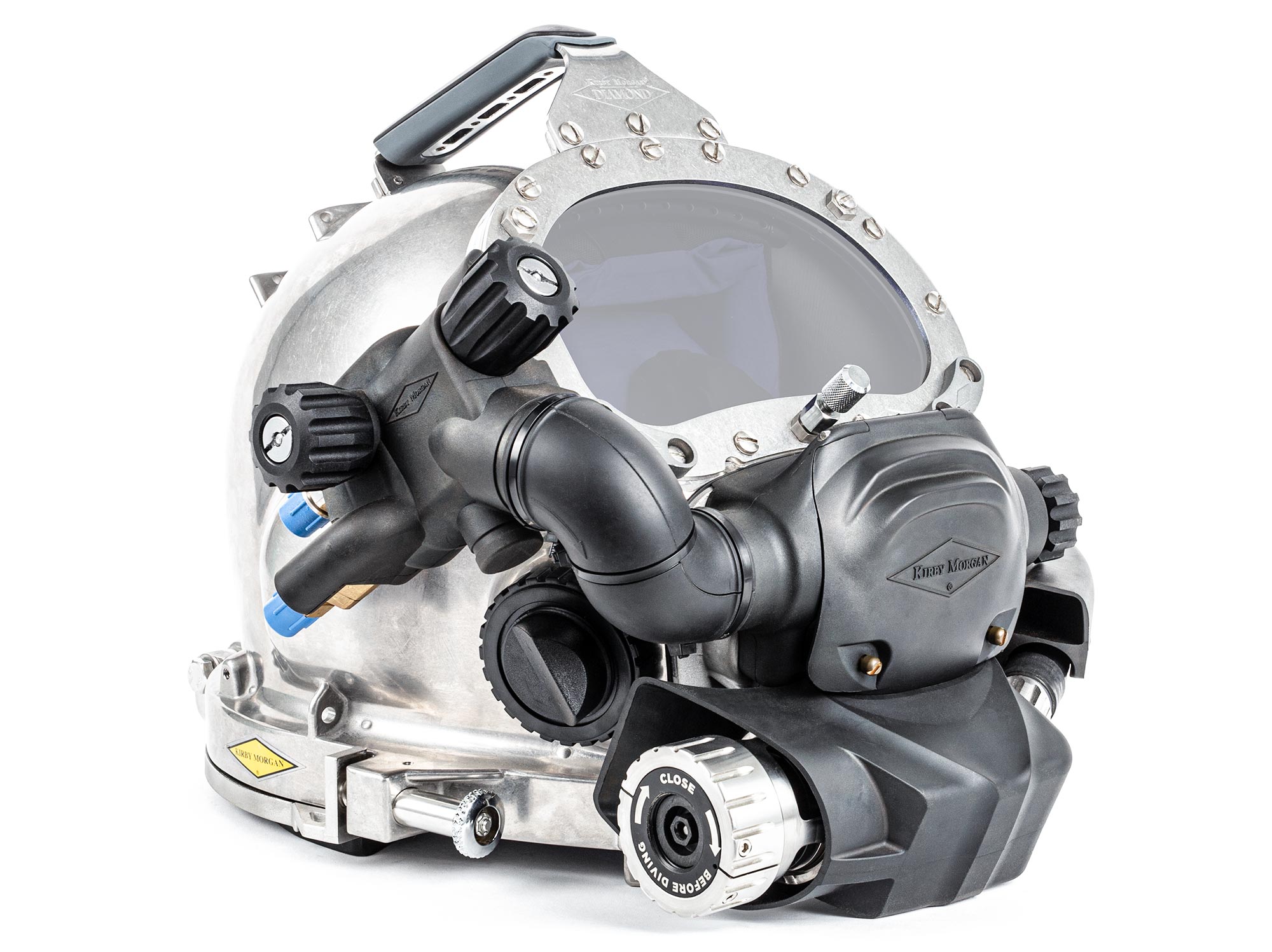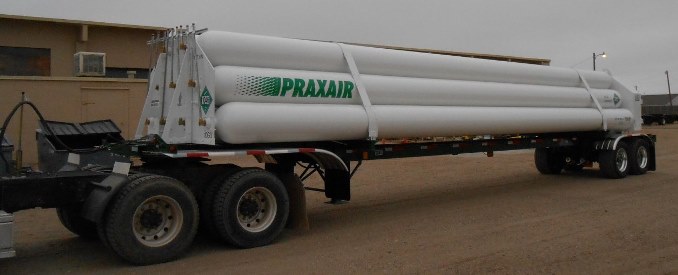I was thinking more about this after our phone conversation last night. Perhaps the most important reason that perceived WOB is more important in inexperienced recreationally divers is panic. It is well know that respiratory resistance and constriction is a panic-inducing stressor.
That applies to the breathing circuit as well as constriction by poor fitting wetsuits or suit-squeeze by under-inflated drysuits.
I agree that the perceived Work of Breathing is important to some inexperience divers, but the perceived WOB is not just important for beginner divers. It is very important for experienced Navy divers, for technical diver, and for all recreational divers. It is what the Navy measures with the test setup that I have witnessed and as far as I have seen it is also what it is measured in the dive labs all over.
For the benefit of others, let me clarify that perceived WOB is not something imaginary or that our senses are getting fooled or anything like that.
In human engineering it is well known that our human perception is extremely important, but we are not a measuring instrument. Therefore, we have to design equipment to fit the human, not adapt or train the human to fit the equipment.
Our interface to the world is what we perceive. For example, we think we can measure temperature, but we don’t. What we actually feel is, if something is hot or cold, relative to our warm skin temperature. You can touch a bar of soap and a bar of aluminum. The aluminum will feel colder even if they are at the same temperature. We humans, measure heat transfer not temperature.
As I mentioned, the test dummy used at NEDU look like the torso of a “crash test dummy” and it is instrumented on the back of the throat, as I mentioned on my previous post. I can guaranty you that the Navy is not spending a lot of money, time, and effort just for the comfort level of a beginner diver.
About the subject of exhaust mushroom valves, it is not just the size of the valves that matter. There have been a lot of work and design improvements on mushroom valves. A lot of it may seem like small changes and the casual observer could not tell much of a difference by their looks.
Some of you will remember the old flat exhaust valves. The geometry was just a flat disc and their stiffness was mostly driven by material thickness and material properties, softer rubber softer valves.
Take a closer look at some of the modern mushroom valves. They are not the same and the geometry from one to the next is very different. Some have spokes; some have a circumferential kink at different radiuses and with different angle of kink. The material thickness is often not uniform anymore.
One important thing all the new mushroom valves seem to have in common is that they only touch and seal on the outer perimeter of the valve. There are lifted away from any supporting (wagon wheel) structure to avoid the water surface tension.
I have seen the computer FEA (Finite Element Analysis) models on some of this modern valves and the engineering development is very impressive. The geometrical structure of the valves allows for intended elastic buckling to open up, not just elastic flexing.
To the casual observer it is not at obvious the amount of work and development that has taken place over the years on what we consider a “simple mushroom valve”.
The modern mushroom valve has very close to zero (not measurable) initial opening effort (unless it is sticking due to dirt). And the valve itself tends to move out of the way with flow. The flow resistance is mostly a function of the open area.
This valves are used in many applications (not just Scuba), but again the rebreather need has driven some of the technology (at least for Scuba).
One of the things that impressed me the most was the level of detail in the FEA model and engineering detail for a “simple mushroom valve”. The model was way more involved and sophisticated than some of the FEA we did 40 years ago for spaced deployed equipment (including some parts in the Hubble Optical telescope). Times have change…






